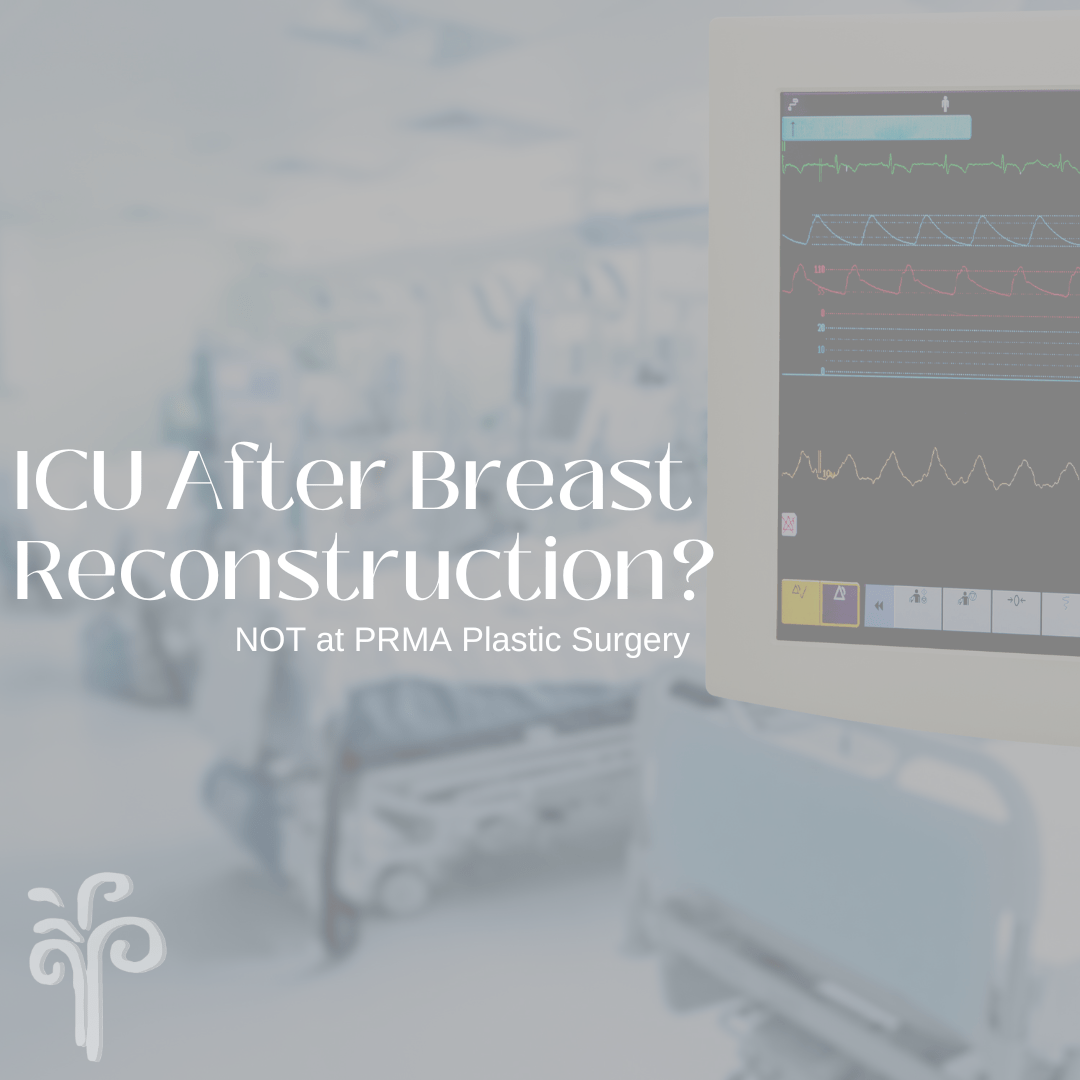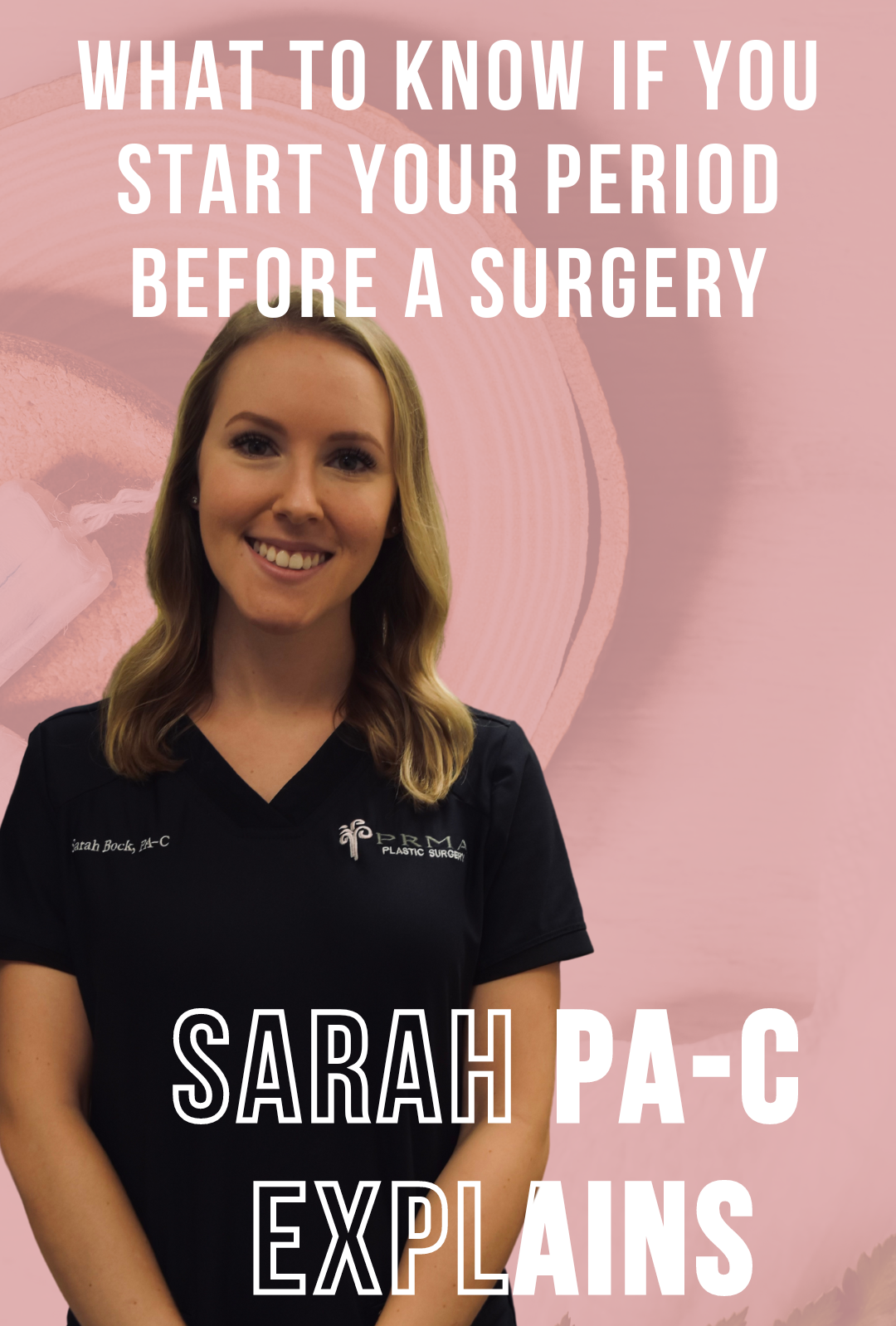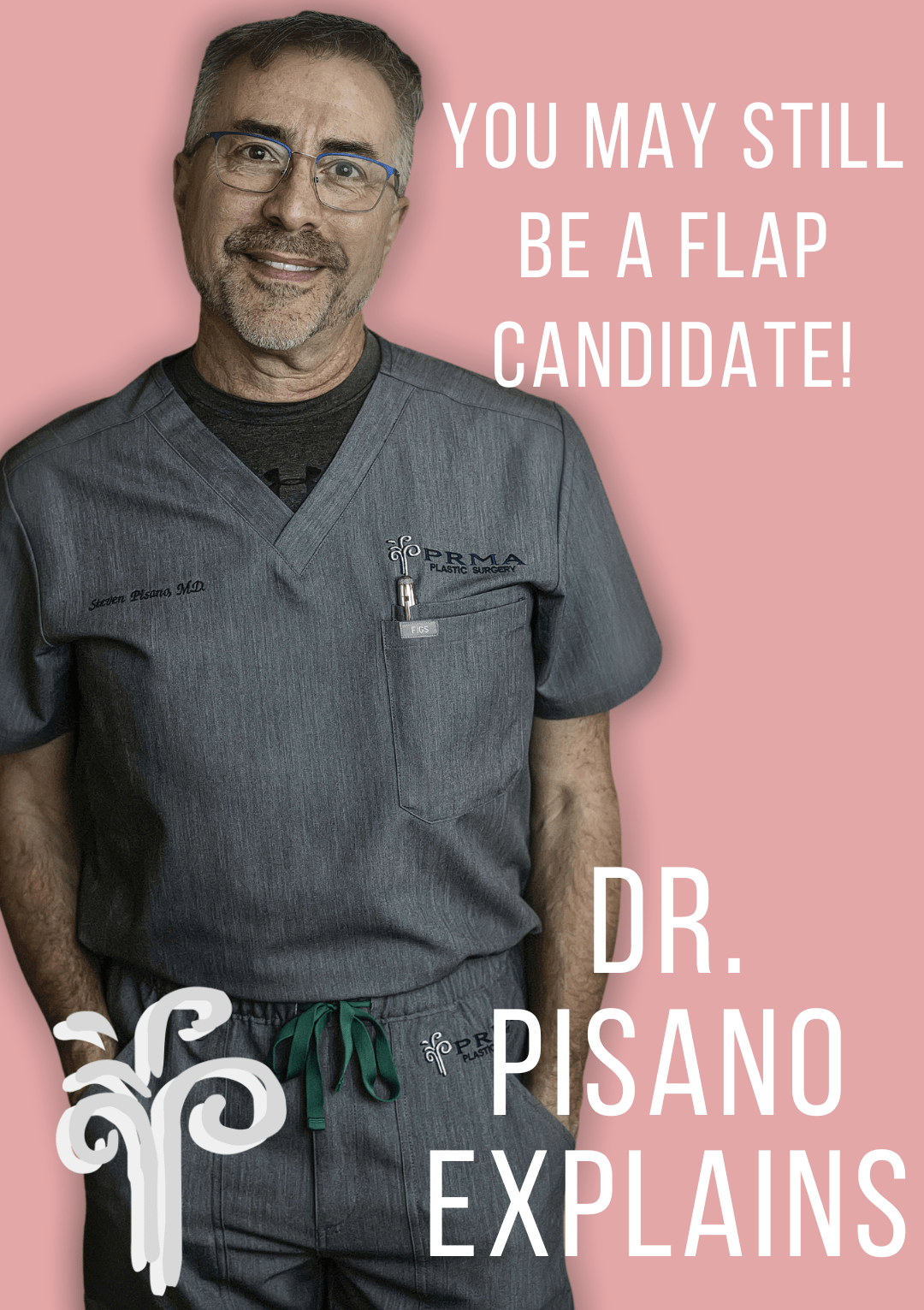
- 0 Comments
- PRMA Plastic Surgery
In May, the United States Preventive Services Task Force (USPSTF) released proposed changes to breast cancer screening guidelines, which have sparked both surprise and controversy among experts. The draft recommendation advises women to undergo breast cancer screening every other year, starting from ages 40 to 74. This marks a significant departure from their previous 2016 guidance, which suggested biennial mammograms for women beginning at age 50. While some experts believe this is a step in the right direction, many argue that annual screenings starting at age 40 are essential for early detection. As patients, it’s crucial to understand the rationale behind these changes and how they may impact your breast health journey.
The USPSTF and Its Role in Preventive Care:
The United States Preventive Services Task Force is an independent panel established by the U.S. Department of Health and Human Services in the 1980s with a mission to enhance preventive care across the nation. Their recommendations carry considerable weight, as most private health insurance plans are required to cover them. However, it’s essential to note that other independent organizations and panels, such as the American Cancer Society (ACS) and the American College of Radiology (ACR), also provide breast cancer screening guidelines, leading to some confusion among patients.
Understanding the Proposed Changes:
The USPSTF’s decision to recommend biennial mammograms for women aged 40 to 74 is based on scientific evidence. Research by the National Cancer Institute revealed a 2% annual increase in breast cancer rates among women aged 40 to 49 from 2015 to 2019. Additionally, the task force acknowledges the higher likelihood of aggressive breast cancer diagnoses in Black women, a disparity that has persisted for over four decades and is partly attributed to structural racism in the healthcare system.
Navigating the Debate:
Experts have raised concerns about the potential harms of screening mammograms. While these screenings save lives, they also lead to overdiagnosis, where suspicious areas found during mammograms may not have significant impact on a person’s prognosis. False-positive results are also a point of contention, as they can lead to additional testing, procedures, and emotional distress.
Empowering Patients to Make Informed Decisions:
As patients, it’s essential to be proactive about your breast health and understand the available information. Organizations like Breastcancer.org advocate for annual mammogram screenings, beginning at age 40, for individuals with an average risk of breast cancer. Alongside regular breast self-exams and medical breast exams, this approach provides the best chance of early detection and improved outcomes.
However, it’s important to acknowledge that every person’s risk profile is unique. For individuals with higher-than-average risk or uncertainty about their risk level, consulting with a healthcare provider about personalized breast cancer risk assessments and screening plans is crucial. Early mammograms, breast MRI, or ultrasound screenings may be recommended based on individual circumstances.
Special Considerations for High-Risk Groups:
Certain groups, such as those with specific genetic mutations, a family history of breast cancer, or previous breast cancer diagnoses, require specialized attention. For instance, Black women face a higher risk of aggressive and early-age breast cancer diagnoses, making earlier screening especially vital for this population.
Dealing with Dense Breast Tissue:
People with dense breasts have a higher risk of breast cancer and may face challenges in cancer detection on mammograms. If you have dense breasts, discussing appropriate screening techniques with your healthcare provider tailored to your unique situation is essential.
As breast cancer screening guidelines evolve, it’s crucial to stay informed and advocate for your health. While the USPSTF’s proposed changes have stirred debate, remember that individualized care is key. Engage in open conversations with your healthcare provider, consider your risk factors, and be proactive about your breast health. Together, we can navigate these changes and strive for better outcomes in breast cancer prevention and detection.
Remember, this information is provided by Breastcancer.org. Supporting their efforts to provide free resources and programming for people affected by breast cancer is a valuable way to contribute to the cause. Learn more about how you can help by donating through the provided link.
-Tabetha Williams
Curtis, A. (2023). Proposed New Breast Cancer Screening Guidelines: What You Need To Know This information is provided by Breastcancer.org. Donate to support free resources and programming for people affected by breast cancer: https://give.breastcancer.org/give/294499/#!/d. Retrieved from breastcancer.org: https://www.breastcancer.org/news/new-screening-guidelines-USPSTF
What to Know About New Breast Cancer Screening Recommendations. (2023). Retrieved from BRCF.org: https://www.bcrf.org/blog/uspstf-new-breast-cancer-screening-guidelines-2023/
“Set realistic, attainable goals after your surgery. Your body is going to feel different now than it did before surgery. If you are doing it simply to lose weight or get back into a certain dress or pant size you may be setting yourself up for failure. Reset your compass.”
Leave Comment
Sign Up for Our Monthly Newsletter
Continue Reading

Changes to Breast Cancer Screenings: Empowering Patients to Make Informed Decisions
Summer Scar Care: Minimizing Darkness for DIEP Flap and Breast Scars: Expert Tips from PRMA Plastic Surgery June 09, 2023 Share on Facebook Twitter Linkedin We understand that caring for scars is a crucial part of the healing process for our patients. As summer approaches, it’s important to pay extra attention to scar care, particularly […]

Summer Scar Care: Minimizing Darkness for DIEP Flap and Breast Scars: Expert Tips from PRMA Plastic Surgery
Summer Scar Care: Minimizing Darkness for DIEP Flap and Breast Scars: Expert Tips from PRMA Plastic Surgery June 09, 2023 Share on Facebook Twitter Linkedin We understand that caring for scars is a crucial part of the healing process for our patients. As summer approaches, it’s important to pay extra attention to scar care, particularly […]

Understanding DIEP Flap Reconstruction: FAQs, Recovery, and Best Practices
Understanding DIEP Flap Reconstruction: FAQs, Recovery, and Best Practices April 18, 2023 Share on Facebook Twitter Linkedin What is DIEP flap reconstruction surgery? DIEP flap reconstruction surgery, or Deep Inferior Epigastric Perforator flap surgery, is a type of breast reconstruction surgery that uses tissue from the lower abdomen to create a new breast after a […]

Unhappy with Your Implant Reconstruction Results? Here’s What You Can Do
Unhappy with Your Implants? April 05, 2023 Share on Facebook Twitter Linkedin Breast Reconstruction is a transformative surgery that helps many women feel whole again after battling breast cancer. While the procedure can be a significant step in your healing journey, it’s crucial to know what to do if you’re unhappy with your results.Be Honest […]

Enhanced Recovery After Surgery (ERAS): The Future of Perioperative Care at PRMA Plastic Surgery
Enhanced Recovery After Surgery (ERAS): The Future of Perioperative Care at PRMA Plastic Surgery March 31, 2023 Share on Facebook Twitter Linkedin At PRMA Plastic Surgery, we are committed to providing the best possible care for our patients. That’s why we have adopted the Enhanced Recovery After Surgery (ERAS) approach to perioperative care. ERAS is […]

Preventative Breast Mastectomy: Taking Control of Your Breast Cancer Risk
Preventative Breast Mastectomy: Taking Control of Your Breast Cancer Risk March 23, 2023 Share on Facebook Twitter Linkedin Considering a Preventative Mastectomy?Whether you have a BRCA gene mutation or a family history of breast cancer, your doctor might have suggested a prophylactic mastectomy to lower your risk.This procedure, also known as a preventative mastectomy, removes […]

No ICU Stay Needed: PRMA’s Advanced Surgical Techniques and Recovery Protocols
No ICU Stay Needed: PRMA’s Advanced Surgical Techniques and Recovery Protocols March 22, 2023 Share on Facebook Twitter Linkedin DIEP (Deep Inferior Epigastric Perforator) flap surgery is a popular breast reconstruction surgery that uses a patient’s own abdominal tissue to reconstruct the breast after a mastectomy. This procedure is becoming increasingly popular due to its […]

TruSense®
TruSense® March 15, 2023 Share on Facebook Twitter Linkedin Breast cancer is a devastating diagnosis that affects millions of women every year. For many women, a mastectomy is the recommended course of action to remove the cancerous tissue. While a mastectomy can be lifesaving, it often comes with the undesired side effect of lost sensation […]

What to Know if You Start Your Period Before a Surgery: Expert Advice for Women
What to Know if You Start Your Period Before a Surgery: Expert Advice for Women March 10, 2023 Share on Facebook Twitter Linkedin What Happens if You Start Your Period Before Surgery? Starting your period before a surgery can be a cause of concern for many women. It is important to understand that surgery puts […]

Too Thin For DIEP Flap? You May Have Other Flap Options!
Too Thin For DIEP Flap? You May Still Be A Flap Candidate! March 03, 2023 Share on Facebook Twitter Linkedin What happens if you are too thin for DIEP flap surgery? At PRMA we have successfully performed DIEP flap reconstructions on women with BMI’s of 20 and even less. For those who are deemed “Too […]


No Comments